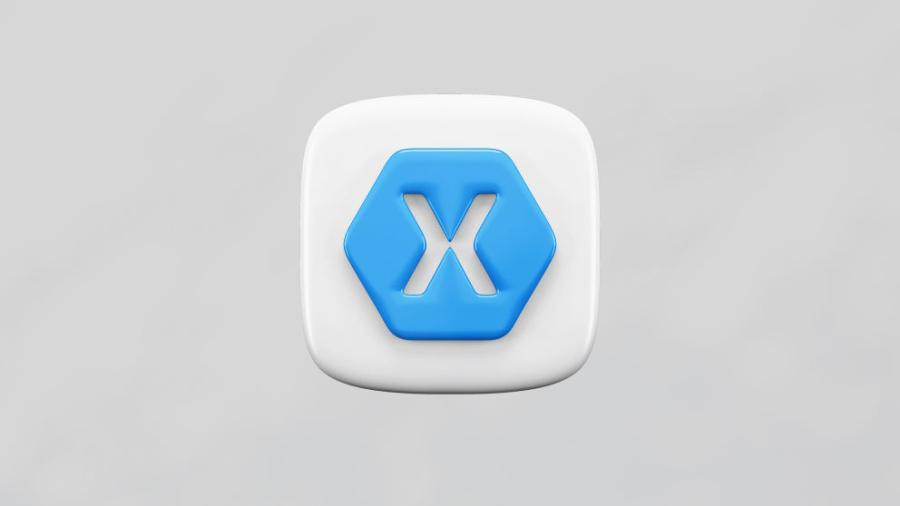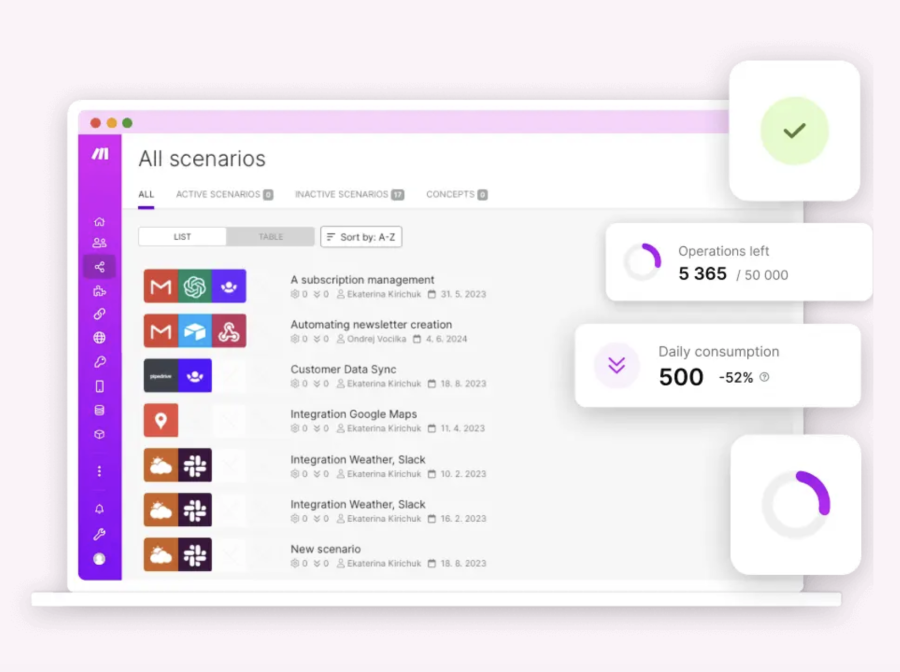Xamarin: Build Cross-Platform Mobile Apps with .NET
Introduction
With the rise of mobile applications, businesses and developers are constantly looking for efficient ways to build apps for both iOS and Android without maintaining separate codebases. Xamarin, a Microsoft-owned framework, provides a powerful cross-platform development solution using C# and .NET.
In this guide, we’ll explore what Xamarin is, its core features, advantages, comparisons with other frameworks, and how to get started with Xamarin development.
What is Xamarin?
Xamarin is an open-source framework that allows developers to create cross-platform mobile applications using a single codebase in C#. It is part of the .NET ecosystem and integrates seamlessly with Visual Studio.
Xamarin enables developers to build native-like applications for iOS, Android, and even Windows by using a shared business logic and UI components, reducing both development time and costs.
Key Features of Xamarin
✅ Cross-Platform Development
Xamarin allows developers to write once and deploy anywhere, supporting iOS, Android, and Windows applications.
✅ Native Performance
Unlike traditional hybrid apps, Xamarin compiles code into native binaries, ensuring high performance and smooth user experiences.
✅ Code Reusability
With up to 90% shared code across platforms, Xamarin significantly reduces development efforts.
✅ Integration with .NET and C#
Xamarin is built on .NET, making it a great choice for C# developers looking to expand into mobile app development.
✅ Xamarin.Forms for Shared UI
Xamarin offers Xamarin.Forms, a UI toolkit that allows developers to create one UI that works across multiple platforms.
✅ Access to Native APIs
Developers can access device-specific features like GPS, camera, and accelerometer using Xamarin’s native bindings.
✅ Strong Microsoft Support
As part of Microsoft’s ecosystem, Xamarin benefits from continuous updates, support, and integration with Azure services.
Xamarin vs. Other Cross-Platform Frameworks
Xamarin vs. React Native
| Feature | Xamarin | React Native |
|---|---|---|
| Language | C# (.NET) | JavaScript (React) |
| UI Components | Xamarin.Forms / Native UI | Native Components |
| Performance | Close to native | Good, but JS bridge can slow performance |
| Learning Curve | Easy for .NET developers | Easier for JavaScript developers |
| Platform Support | iOS, Android, Windows | iOS, Android |
Xamarin vs. Flutter
| Feature | Xamarin | Flutter |
|---|---|---|
| Language | C# | Dart |
| UI Components | Native & Xamarin.Forms | Custom widgets |
| Performance | High (compiled to native) | Very high (compiled to native) |
| Learning Curve | Moderate | Steeper due to Dart |
| Platform Support | iOS, Android, Windows | iOS, Android, Web, Desktop |
While React Native and Flutter focus on JavaScript and Dart respectively, Xamarin remains the best choice for .NET developers who want to build cross-platform apps without learning a new language.
Why Choose Xamarin for Mobile Development?
✅ Single Codebase for Multiple Platforms
Developers can write one C# codebase and deploy the app on iOS, Android, and Windows without rewriting logic.
✅ Native User Experience
Unlike some hybrid frameworks, Xamarin provides full native performance and UI rendering.
✅ Cost-Effective Development
By sharing most of the code, businesses can reduce development costs while maintaining high-quality apps.
✅ Enterprise-Ready
Xamarin is widely used in enterprise applications thanks to its security, performance, and Microsoft integration.
Xamarin Development: Tools and Components
1️⃣ Xamarin.Forms
A UI toolkit that enables developers to create a single UI that works across platforms, saving time and effort.
2️⃣ Xamarin.iOS & Xamarin.Android
For developers who want full control over platform-specific UI, Xamarin provides direct access to native APIs.
3️⃣ Visual Studio
Xamarin integrates with Microsoft Visual Studio, offering a robust development environment with debugging tools and an emulator.
4️⃣ Xamarin.Essentials
A library that provides access to native device features like sensors, battery, file system, and geolocation.
Getting Started with Xamarin
1️⃣ Install Visual Studio with Xamarin
Download and install Visual Studio from Microsoft’s website and include Xamarin in the installation.
2️⃣ Create a New Xamarin Project
Open Visual Studio and select "Create a new project" → Xamarin.Forms App.
3️⃣ Write Your First Xamarin Code
Use the following simple example in Xamarin.Forms:
4️⃣ Run the App on an Emulator or Device
Use Visual Studio to deploy your app to an Android or iOS emulator for testing.
Real-World Use Cases of Xamarin
🔹 Enterprise Apps
Many large companies use Xamarin for internal business applications due to its security and performance.
🔹 Healthcare & Medical Apps
Xamarin is widely used in healthcare solutions where performance and reliability are crucial.
🔹 E-Commerce & Retail Apps
With Xamarin.Forms, businesses can quickly build shopping apps with a consistent UI across platforms.
🔹 Finance & Banking Apps
Xamarin ensures secure, high-performance banking applications for financial institutions.
Conclusion
Xamarin is a powerful, scalable, and cost-effective solution for cross-platform mobile development. With native performance, code reusability, and seamless .NET integration, it is an excellent choice for businesses and developers looking to build high-quality apps.
🚀 Ready to build your first Xamarin app? Start today and take advantage of the power of .NET for mobile development!
What are your thoughts on Xamarin? Share your experience in the comments below! ⬇️















